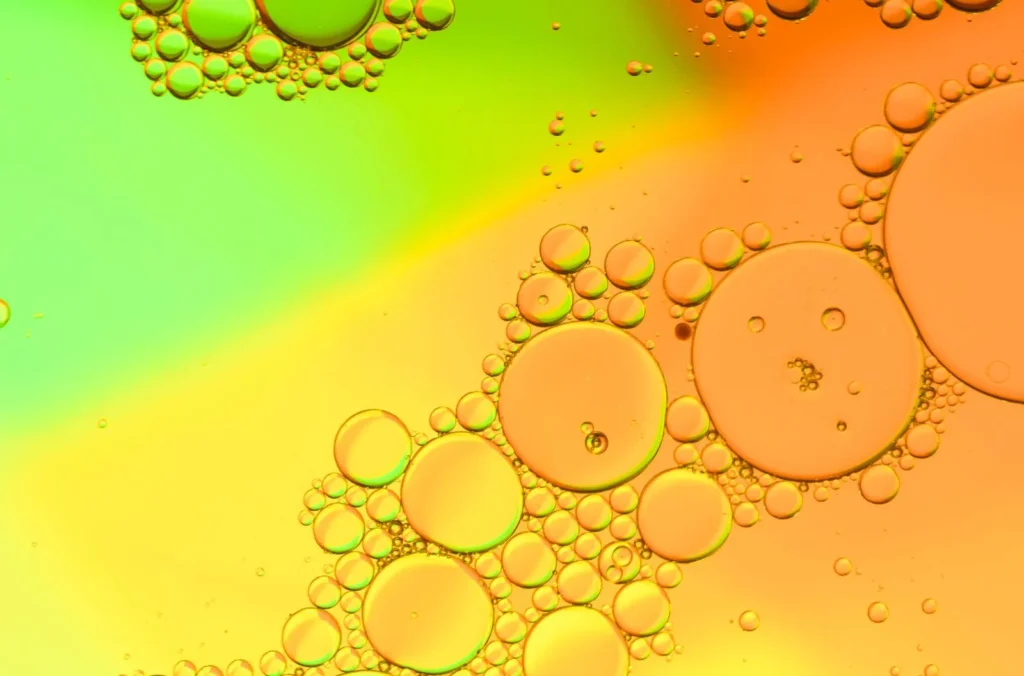Selecting the Right Defoamer for Your Specific Application Demands
Choosing the ideal defoamer for certain application demands is a nuanced procedure that demands cautious consideration of numerous factors, such as the foam tool, kind, and operating problems. Recognizing the subtleties of defoamer efficiency-- including rate and perseverance-- while additionally accounting for regulative and environmental variables is essential.
Recognizing Foam Formation
Foam development happens when gas is trapped within a liquid, developing a steady structure of bubbles. This sensation can considerably influence different commercial processes, especially in markets such as food manufacturing, pharmaceuticals, and wastewater treatment. The existence of foam can prevent blending, minimize item high quality, and also cause operational inadequacies.
Foam generally creates as a result of a mix of variables, including surface-active agents, anxiety, and the features of the fluid stage. Surfactants lower the surface tension of the fluid, facilitating the development of bubbles that can integrate and stabilize. Anxiety, whether from mechanical mixing or gas intro, improves bubble formation, resulting in raised foam volume.
Recognizing the auto mechanics of foam formation is crucial for industries aiming to optimize their procedures. By recognizing the certain problems that promote foam generation, companies can execute methods to alleviate its effects.
Sorts Of Defoamers Available
Various kinds of defoamers are offered to attend to the difficulties posed by foam in commercial applications. defoamers. Extensively classified, defoamers fall into three classifications: silicone-based, non-silicone-based, and natural defoamers
Silicone-based defoamers are renowned for their effectiveness and stability throughout a variety of temperatures and pH degrees. They are generally made use of in applications where strong foam reductions is essential, such as in adhesives, layers, and paints. Their reduced surface area stress permits rapid foam collapse.
Non-silicone-based defoamers, frequently made from natural compounds, provide a choice for applications sensitive to silicone deposits. These defoamers can be further separated right into polyether and ester kinds, each tailored to meet specific solution demands. Non-silicone defoamers are often used in food processing and personal care products because of their compatibility with different formulas.
Natural defoamers, acquired from plant or animal resources, are getting grip because of their green account. These products are particularly appealing in applications where regulative compliance and sustainability are extremely important, such as in agrochemicals and biotechnology.
Selecting the appropriate type of defoamer is important for optimizing performance and ensuring compatibility with specific applications.
Trick Application Considerations
When selecting a defoamer, it is necessary to consider the details application demands to guarantee ideal performance. defoamers. Various sectors have distinctive requirements, such as food handling, drugs, or wastewater therapy, and each application may call for one-of-a-kind defoaming residential or commercial properties
Secret factors to evaluate include the medium in which the defoamer will be utilized, whether it is water-based, oil-based, or a mix thereof. The temperature level and pH levels of the application can also greatly affect the efficiency of a defoamer. Additionally, compatibility with other chemicals present in the system is important to avoid damaging reactions that might endanger performance.
Another important factor to consider is the frothing habits of the details official site system. Comprehending whether the foam creates swiftly or slowly can guide the selection of a defoamer that targets the source effectively. The wanted rate of defoaming can influence the selection, as some applications call for fast action while others may endure slower defoaming processes.
Last but not least, governing and environmental considerations need to not blog here be neglected, specifically in sectors with stringent compliance demands. Choosing a defoamer that lines up with these factors makes sure both performance and security in the application.

Performance Screening Approaches
Assessing the performance of a defoamer calls for an organized strategy to screening that precisely gauges its effectiveness in specific applications. Different efficiency testing techniques can be used to identify the optimal defoamer for a given formula.
One common technique is the bubble test, which reviews the defoamer's capacity to decrease foam volume over time. This examination entails producing a secure foam and then including the defoamer to observe the price of foam collapse.

Ultimately, selecting the ideal performance testing technique depends on the specific application and the kind of foam being resolved. Each approach provides important information that can assist solution modifications and improve the effectiveness of the defoamer in practical applications.
Ideal Practices for Choice


Next, take into consideration the defoamer's efficiency in regards to speed of activity and perseverance. A quick-acting defoamer might be required for processes where fast foam reductions is vital, while an extra relentless formulation could be required for prolonged foam control. Additionally, evaluate the ecological impact of the defoamer, including its biodegradability and any type of regulative conformity demands.
Conduct tests with picked defoamers to establish their efficiency in real-world problems. This step is essential to verify that the picked product meets performance assumptions. Last but not least, talk to makers or vendors for technological support and support, as they can provide beneficial understandings into item formulas and application techniques. By adhering to these finest methods, you can improve foam control efficiency and make sure the long life of your procedures.
Final Thought
In recap, picking the proper defoamer requires an extensive examination of numerous factors, consisting of foam kind, medium, operating problems, and environmental considerations. Comprehending the distinct attributes of foam development and the offered defoamer choices is crucial.
Choosing the ideal defoamer for specific application requirements is a nuanced process that demands mindful factor to consider of multiple variables, such as the foam medium, operating, and kind problems.Picking the ideal defoamer is crucial for achieving ideal performance in foam control applications. A quick-acting defoamer might be required for procedures where quick foam reductions is crucial, while a much more relentless solution might be needed for long term foam control.In recap, selecting the proper defoamer demands a comprehensive evaluation of different aspects, consisting of foam type, tool, operating conditions, and ecological factors to consider. Recognizing the unique attributes of foam development and the available defoamer alternatives is crucial.